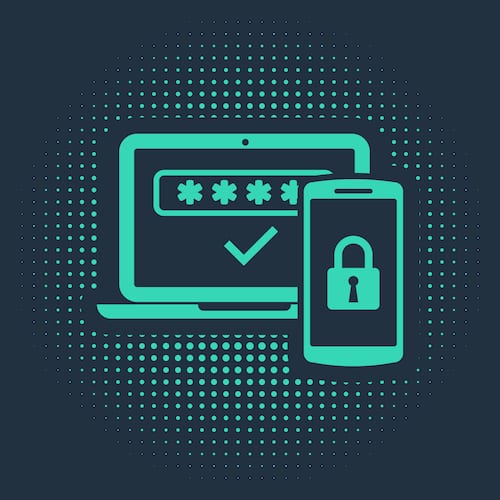Website Security: Website Multi-Factor Authentication – Tech Tip for May 11, 2021
Continuing our monthly theme of website security, this week we’re covering website multi-factor authentication (MFA). You probably use multi-factor authentication when logging into your banking app or when accessing your social media accounts from a different device. MFA is also very important for securing your website.
What is Multi-Factor Authentication?
MFA is a method that strengthens access security by requiring multiple factors to confirm a user’s identity. Often these factors will include something the user knows (such as a password or the answer to a security question) and something that they have access to (such as a verification code texted to a device or an authentication code from an app). Two-factor authentication (2FA) is a type of multi-factor authentication.
Why is Multi-Factor Authentication Important for Websites?
MFA provides an additional level of security for your website. It helps confirm that your website users are who they say they are, prevents unauthorized use or changes to your admin account and website and protects against password brute-force attacks. The type of content management system (CMS) used by a website will dictate the best method for installing MFA for user accounts. For example, there are several MFA plug-ins that may be installed and configured for WordPress sites.
For questions about strengthening your website’s security or to conduct a full website security audit, contact TechWise Group.

